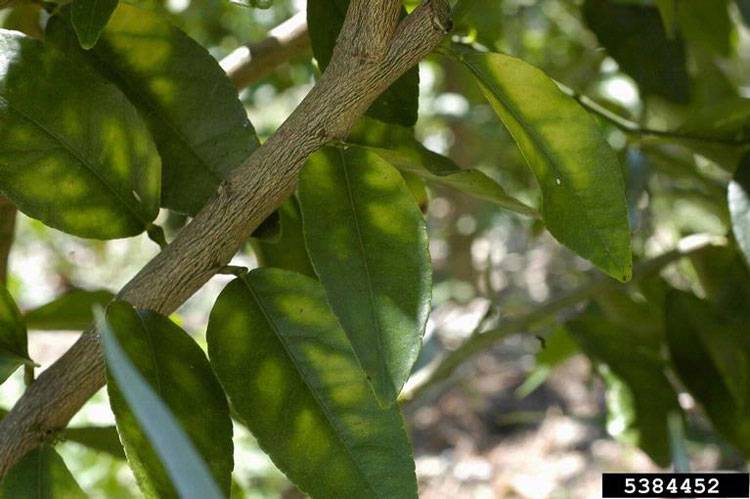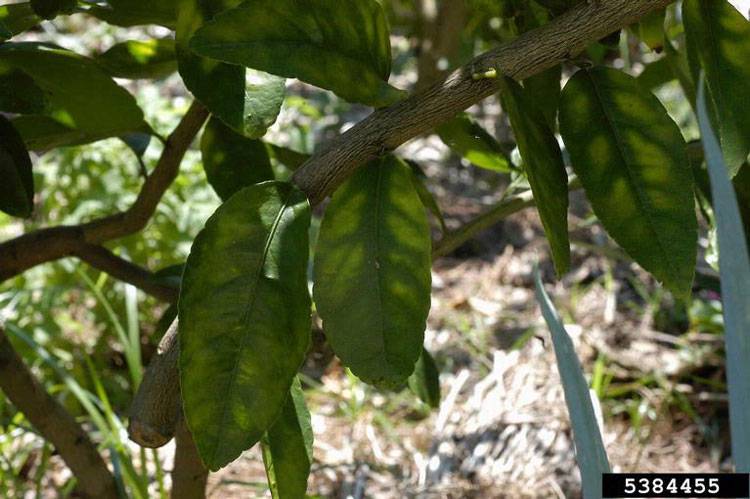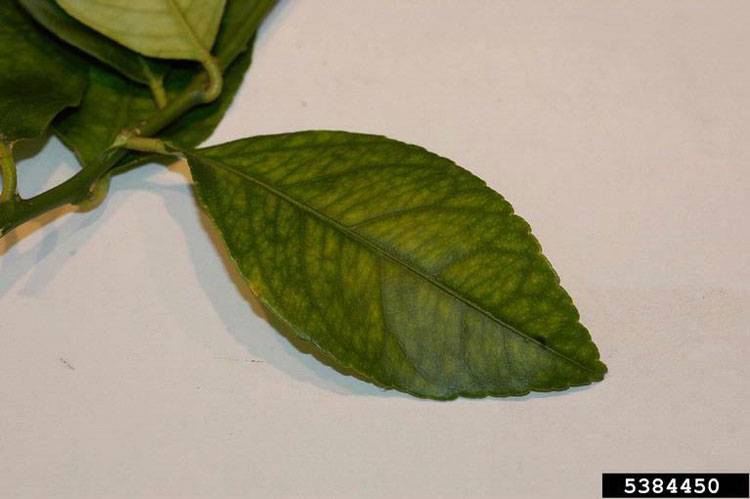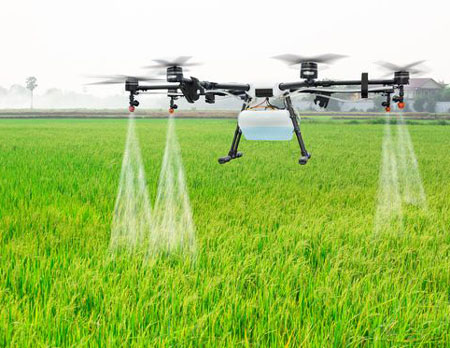Lime
Citrus Greening

Liberobactor asiaticum
Bacterial Disease

Liberobactor asiaticum
Bacterial Disease

Liberobactor asiaticum
Bacterial Disease
Citrus greening disease, is one of the most serious diseases that affects citrus trees like lemon, orange, sweet lime, and kinnow. This disease slowly weakens the tree, reduces fruit quality and quantity, and eventually kills the tree if not managed properly.
🔬 What Causes Citrus Greening?
HLB is caused by a special kind of bacteria called Candidatus Liberibacter. These bacteria live inside the plant's phloem, which is the system that moves food from leaves to the rest of the tree. The bacteria are not seen in the soil or water and cannot be grown in labs. There are different types, including L. asiaticus, which is common in hot climates like India, and L. africanus, found in cooler places.
How Does Citrus Greening Spread?
HLB mainly spreads through a tiny insect called the citrus psyllid. There are two main types:
-
Asian citrus psyllid (Diaphorina citri) – found in India, Asia, Brazil, and North America.
-
African citrus psyllid (Trioza erytreae) – found in Africa and nearby islands.
These insects are very small (about 3–4 mm) and usually hide under the leaves. When they suck the juice from an infected tree, they pick up the bacteria. After about 3 weeks, they become capable of spreading the disease to other trees—just by feeding on them for 15 minutes.
Can It Spread by Grafting?
Yes. If you graft or bud a healthy plant using branches or buds from an infected tree, the new plant can also get the disease. This is why using certified, disease-free planting material is very important. Graft-based spread is slower but still possible.
What Are the Symptoms of HLB?
-
Yellowing of one branch or part of the tree canopy
-
Yellow veins on the leaves
-
Uneven yellow-green patches (blotchy mottling) on leaves
-
Small, curled leaves pointing upward
-
Dieback of twigs and branches
-
Small, misshapen fruits with poor color
-
Fruits that drop early and taste very bitter
If these signs appear on your trees, it is a strong signal that the tree may be infected with HLB.
What Farmers Can Do
-
Inspect trees regularly for signs of disease and psyllid insects.
-
Remove infected trees early to protect nearby healthy trees.
-
Use certified nursery plants and avoid using material from unknown sources.
-
Spray recommended insecticides to control citrus psyllids.
-
Keep orchards clean and free of weeds to reduce insect breeding.
Citrus Greening has no cure right now, but early action and careful management can reduce its spread and save your orchard. Stay alert and take preventive steps to protect your citrus trees!
Source: Plant Village.




